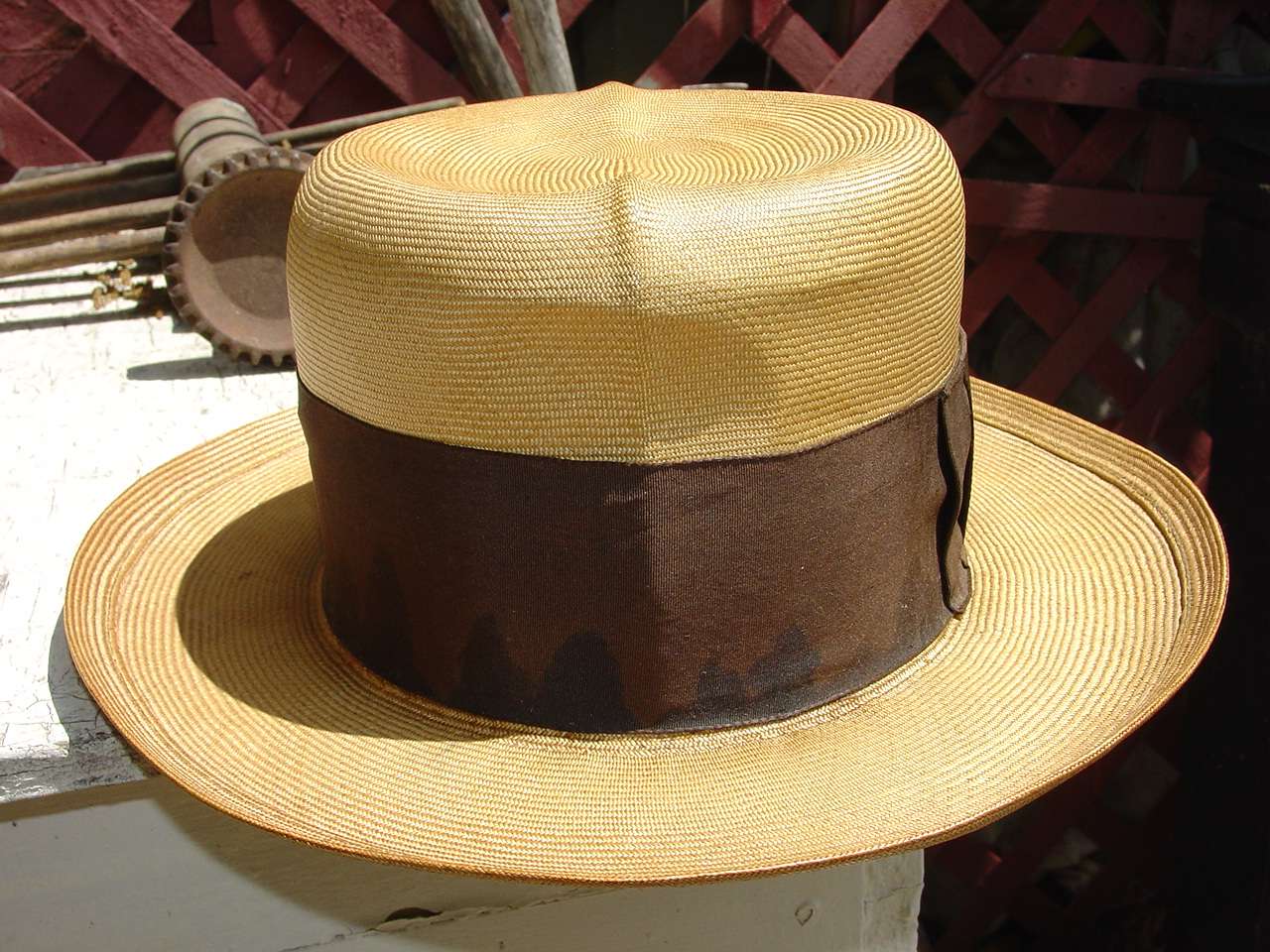Art Fawcett
Sponsoring Affiliate
- Messages
- 3,717
- Location
- Central Point, Or.
This appears to be bamboo reed, making the hat fairly old. Turn of the last century hats tended to have steel reeding but today it's all plastic, at least here in the states.










